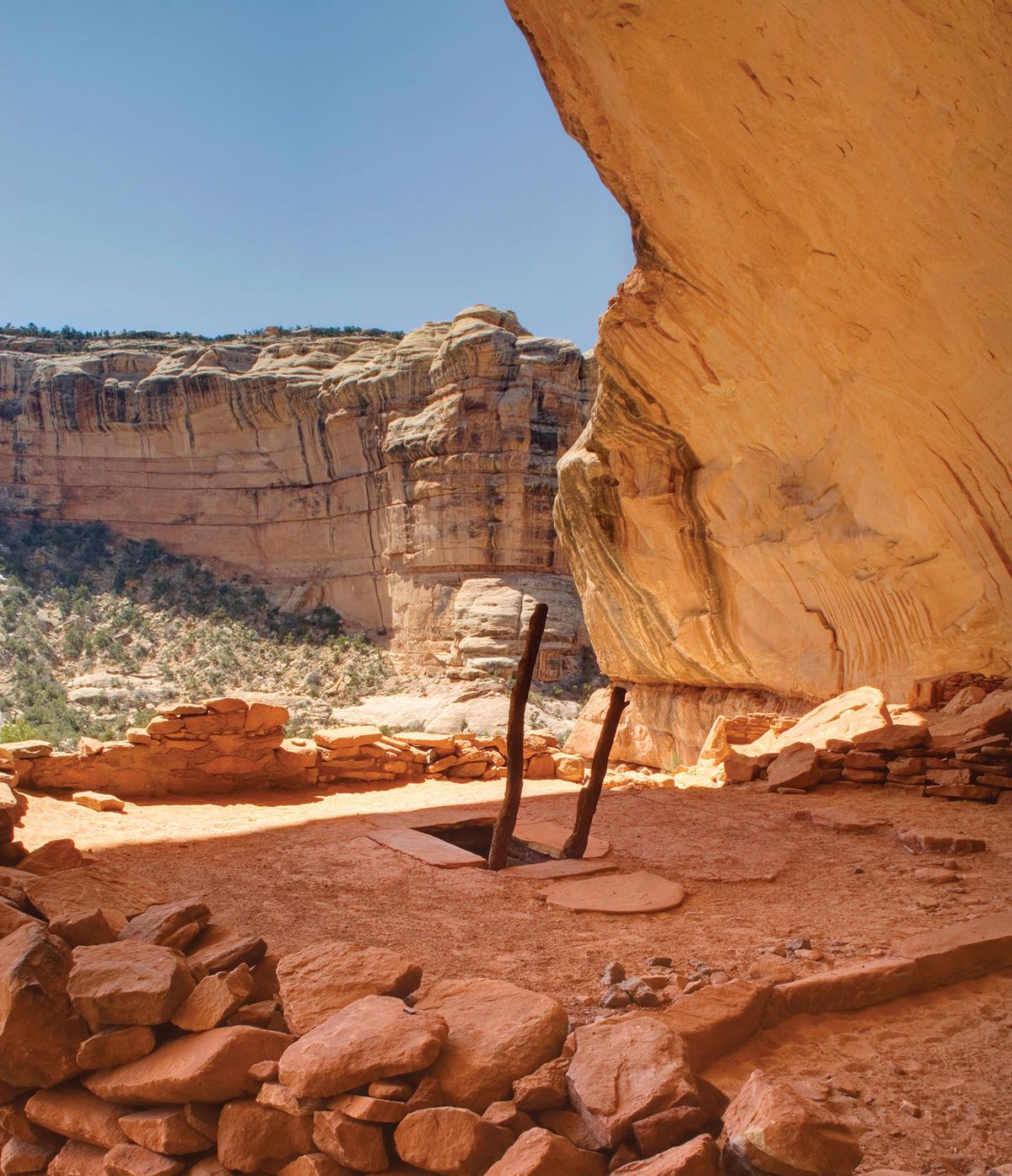Parts of the Bears Ears and Grand Staircase-Escalante National Monuments, which cover a sprawling two million-acre region in Utah that contains more than 100,000 archaeological sites, could be opened to uranium mining and other resource extraction if Republican state legislators make good on a threatened lawsuit.
The Utah attorney general, Republican Sean Reyes, announced in December that the state has contracted a law firm to assist in researching and advising potential litigation to challenge president Joe Biden’s restoration and expansion of the monuments. Under former president Donald Trump, the monuments had been reduced to 228,000 acres and the rest of the land opened for private development.
In a statement, Reyes argues that Biden “ignored the views of Utah’s state and local leaders” in his reversal of Trump’s mandate and that his reversal creates “more uncertainty and prolongs the political tug-of-war over public lands”. He claims Biden’s invocation of the Antiquities Act—a 1906 statute allowing presidents to designate federal lands as protected monuments for cultural, historic or scientific purposes—constitutes an “acrimonious legal challenge” that goes against the interests of state, local and tribal governments.
Obama-era protection
The region was granted protection in 2016 by then-president Barack Obama following decades of activism by environmentalists, archaeologists and Indigenous tribes who claim ancestral and present ties to the area.
Aside from the archaeological aspect, there are sacred and divine items significant to each tribePatrick Gonzales-Rogers, tribal coalition leader
The monuments contain “one of the highest densities of archaeological findings in the US”, according to Patrick Gonzales-Rogers, the executive director of the Bears Ears Inter-Tribal Coalition—an organisation made up of elected tribal officials from the Hopi Tribe, Navajo Nation, Ute Mountain Ute Tribe, Pueblo of Zuni and Ute Indian Tribe that advocates for conservation of the region. “Protection of the monuments has to be done on a large scale to protect all of those items in a holistic, comprehensive manner,” Gonzales-Rogers says.
“Aside from the archaeological aspect, there are sacred and divine items that are significant to each tribe that cannot be classified in a vertical hierarchy of cultural value,” he adds.
According to Stephen Bloch, the legal director of the Southern Utah Wilderness Alliance, a non-profit wilderness preservation organisation, Utah officials could argue that Biden’s mandate violates the Antiquities Act, which states that protected boundaries should be kept to the “smallest size necessary for the protection and preservation of the objects identified”.
Disputed boundaries
“Utah could say that the boundaries are too big and that the law is too vague, that using descriptions like ‘smallest size’ is too abstract,” Bloch says. “It’s difficult to evaluate their likelihood of success, other than to consider that there have been other attempts in the same vein in the past that have failed. It’s also hard to think of other monuments that are more squarely within the wheelhouse of what Congress envisioned with the Antiquities Act, with its cultural and paleontological resources and high desert ecosystems.”
Points of interest in the region include the Lime Ridge Clovis Site, where prehistoric Paleoamerican tools dating back 13,000 years have been discovered; Comb Ridge, which contains strikingly well-preserved cliff dwellings; and the Perfect Kiva, an immaculate Anasazi ceremonial chamber carved into a red rock canyon. There are also remarkable petroglyphs and pictograph panels throughout the area.


